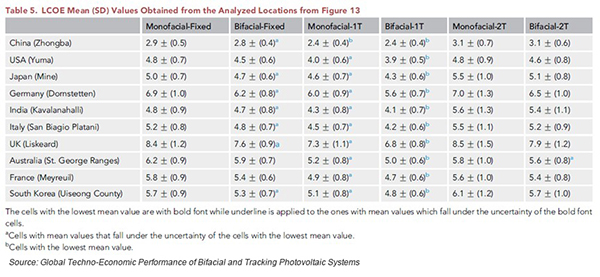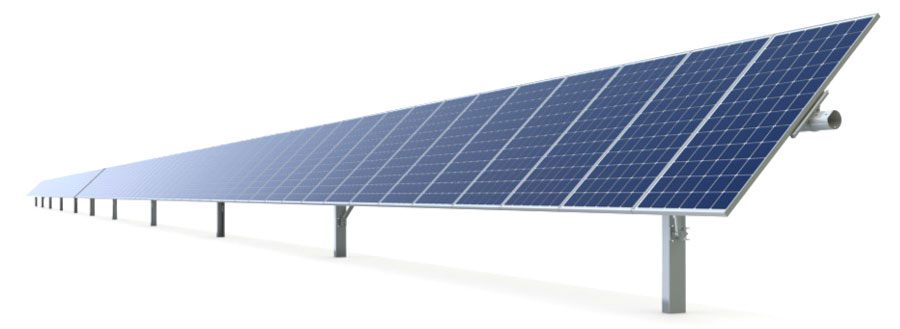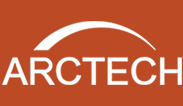Bifacial Modules With Single-axis Trackers Is The Key To Low-cost Pv Power Plan
The growing market for the combination of bifacial solar modules and trackers is expanding due to its significant benefits of lower capex requirement, yield increase, and better economic return for developers worldwide.
The new study- Global Techno-Economic Performance of Bifacial and Tracking Photovoltaic Systems co-edited by Arctech Solar ‘s CTO Mr. Bruce Wang and published on volume 4 of Elsevier’s Joule journal- found that single-axis trackers with bifacial modules is an optimal combination achieving the lowest levelized cost electricity(LCOE) across 93.1% of the areas under analysis which focused (see table below) on 10 locations across all continents.

The research team modelled the performance of various solar designs, employing bifacial and mono modules with fixed-tilt mounting, single-axis and dual-axis tracker. The result, checked against field data, showed that although the energy generation from dual-axis is the highest, with an average increase yield of 4%. However, due to dual-axis’ current high costs, and as such, it marked that single-axis remained as the best performing option.

Currently, the main limitation for dual-axis tracker systems is the considerably high cost of their mounting structure. Only if the cost reduces by 60%, utilizing a dual-axis tracker with the bifacial module will be a LCOE-efficient solution. As it stands, they are only competitive across remote areas close to the poles.
Bruce pointed out that the 10 regions selected in this research cover the most significant PV power generation market in the world. Through the field investigation and data analysis, single-axis tracker improves the power production by 7% - 37% when compared with fixed-tilted systems, while it reduced the cost by 8% - 29% when compared with dual-axis tracker.”
Depending on the location preference to use horizontal single-axis tracker and tilted single-axis tracker may vary. The research team also reveals that tilted single-axis tracker installations are preferred for higher latitude locations, especially has a significant effect on the power stations 15 ° north of the equator and beyond, while horizontal single-axis tracker configurations generate more yield in the equatorial region. However, based on the cost control of the actual project, horizontal single-axis tracker has become the preferred choice of investors for its high-cost performance and it has governed the market share.
"Due to the uncertainty over the reliability of PV tracker and the high investment in early construction, the developers tended to choose the traditional fixed structures in the past. However, as understanding improves, the uptake of bifacial modules with single-axis tracker’ adoption is increasing rapidly and this design is a low-cost king for global solar,” concluded Wang.
About Arctech Solar
Arctech Solar is one of the world's leading manufacturers and solution providers of solar tracking and racking systems. In the past decade, Arctech Solar has successfully set up overseas subsidiaries/business service centers in China, Japan, India, U.S., Spain, Mexico, Australia, UAE, Chile, Argentina and Vietnam. As of the end of 2019, the company has cumulatively installed around 24GW capacity and completed around 900 projects in 24 countries. More information at www.arctechsolar.com.



.jpg)

